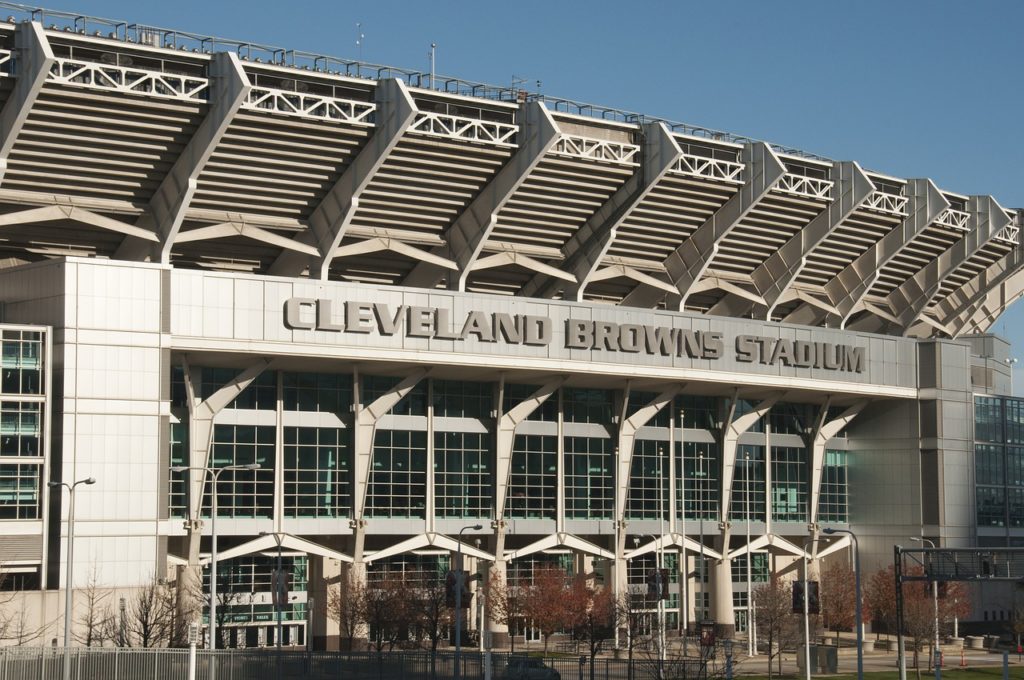The Cleveland Controversy: What was the Deal with the Browns?
What many people don’t realize, is that sports games, football included, are more than just games. Teams are more than teams, and leagues are more than leagues. For their cities, they represent a significant amount of revenue, and they also create a culture in their city. When a major change occurs, it sends out ripples that cannot be ignored, and that is precisely what happened with the Browns back in 1995. Today we’re going to explore one of the most interesting controversies, and how it affected the city of Cleveland.
Welcome to Cleveland, 1975
Back in 1975, Art Modell noticed that Municipal Stadium was costing the city more than $300,000 to operate every single year, and he signed a 25-year lease to incur the expenses so long as he would exercise some ownership of the stadium. The lease agreement stated that he would have to give the city a portion of his profits each year, and he also agreed to make improvements to the stadium on his own dime. He would pay a total of $150,000 each year, for the first five years, with it raising to $200,000 per year afterward.
The interesting part of this deal is that Art Modell has promised to never move the Browns, and given his track record, it seemed that he definitely stick to his word. He had, after all, been an outspoken critic of the Baltimore Colts’ move to Indianapolis.
Something important to note is that the Cleveland Indians used Municipal Stadium as well, and when Jacobs Field (Progressive Field) was built, along with Gund Arena (Quicken Loans Arena), both the Indians and the Cavaliers ‘moved out’, causing revenue to drop. Art Modell would quickly see massive costs incurred, causing him to lose $21 million between the years 93’ and 94’. For those who live paycheck to paycheck, that sounds like quite a bit, and it is.
Moving the Browns
Once he fully realized how much money he was losing, he requested an issue be placed on the ballot that would redirect $175 million in tax dollars for the remodeling of the Cleveland Stadium which was falling into disrepair at that point. It didn’t help matters much, that the Browns managed to lose three straight games in the 1995 season, completely throwing off predictions that they would take the field in Super Bowl XXX, representing the AFC.
So, it shouldn’t have come as much of a surprise to anyone, or at least anyone that had been following the situation, when on November 6, 1995, Art Model announced he’d signed a deal which would relocate the Browns to Baltimore for the 1996 season. Those who look back on the event often like to say that it happened overnight, but that simply isn’t the case – there were many events that led up to it, and in the end, it all comes down to the city of Cleveland ignoring Modell’s requests for funding. This is evidenced by the fact that the next day, November 7, Cleveland voters chose to approve the tax issue request.
Legal Action
After the announcement of the move, the City of Cleveland did attempt to take legal action, claiming a breach of contract. There were other legal actions and lawsuits filed by fans, with the case going as high as the United States Congress. Eventually, talks between the NFL, the Browns, and the two cities involved (Baltimore and Cleveland), it was agreed that the Browns would, in fact, return to Cleveland, after being deactivated for three years while a new stadium was built.
So, when it comes right down to it, the most important lesson to be learned from this, is that when a team owner requests funds for the maintenance of a decaying stadium, it would be wise to listen to them, because they might just move their team out of the city and cause a nationwide controversy, and no one wants that.
TAGS: CLEVELAND BROWNS, CLEVELAND CONTROVERSY, CLEVELAND STADIUM, NFL


Leave feedback about this